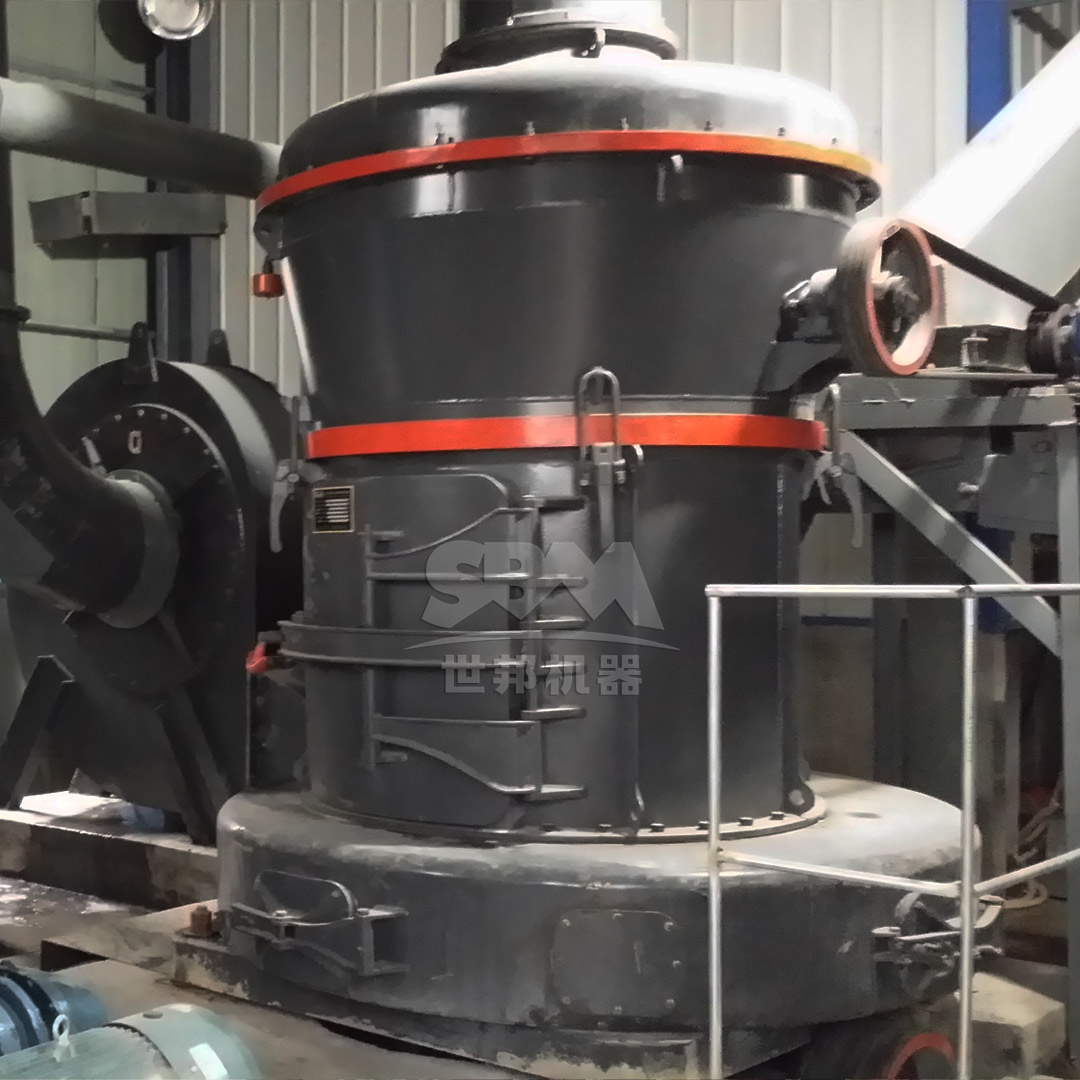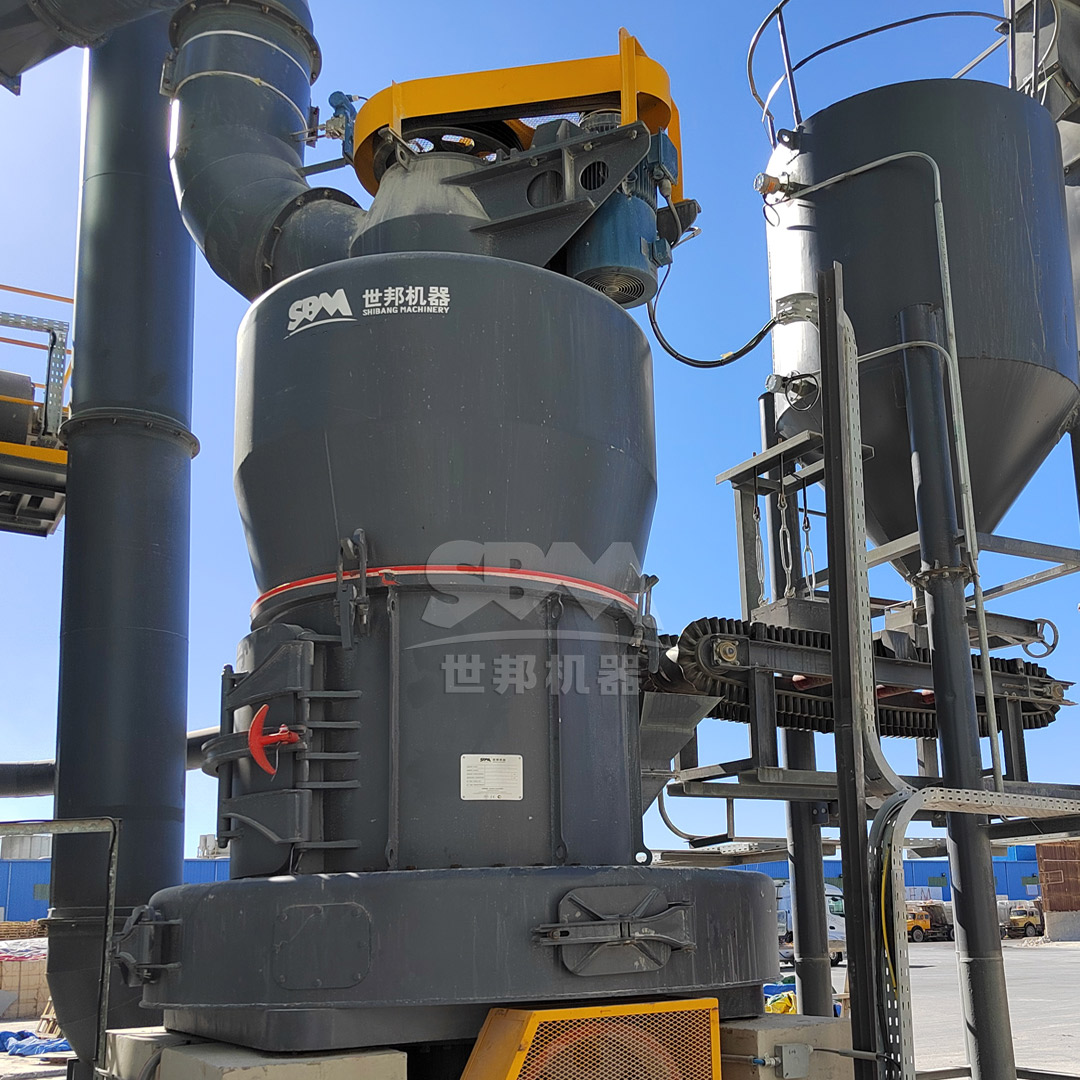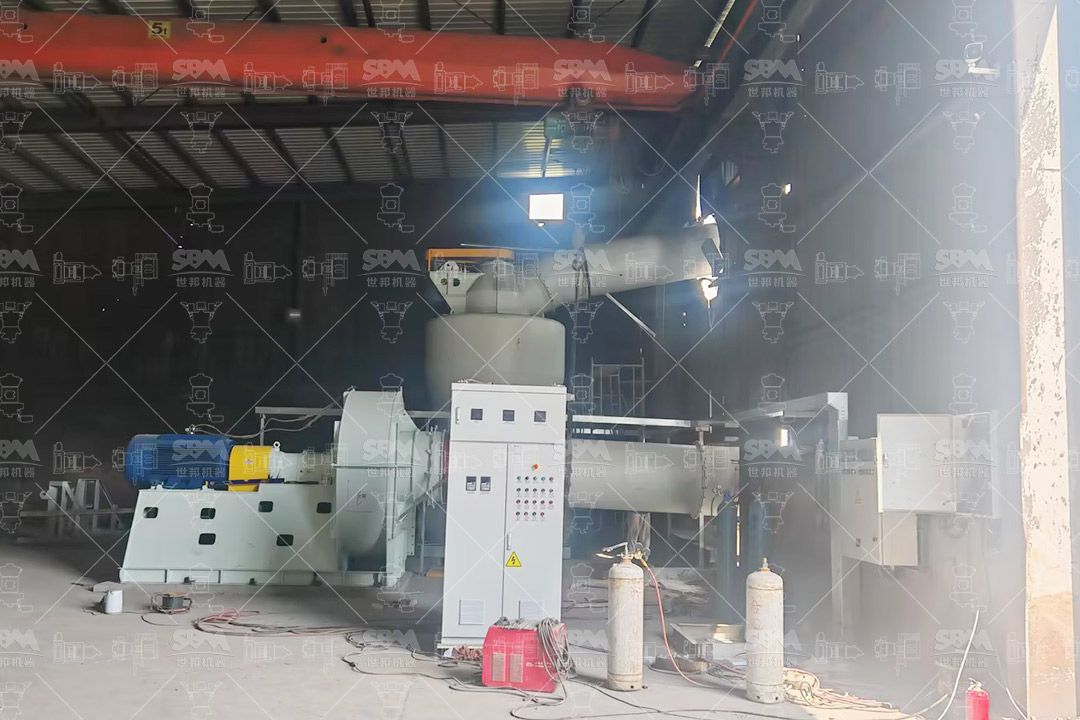The aerospace industry demands materials with exceptional properties to withstand extreme conditions while maintaining precision and reliability. Graphite has emerged as a vital material in this sector due to its unique combination of thermal stability, mechanical strength, and electrical conductivity. From thermal protection systems to electrical components and structural elements, graphite’s versatility makes it indispensable in modern aerospace engineering.
However, the performance of graphite components is directly dependent on the quality of the raw material powder. The grinding process must achieve precise particle size distribution, maintain material purity, and preserve the crystalline structure of the graphite. Any deviation in these parameters can compromise the final component’s integrity, leading to potential failures in critical aerospace applications.

Aerospace-grade graphite requires extremely tight particle size distributions to ensure uniform material properties throughout the component. The grinding process must achieve D97 values of 5μm or finer for high-performance applications, with minimal presence of oversized particles that could create weak points in the final product.
Contamination during grinding can severely impact graphite’s electrical and thermal properties. The grinding equipment must prevent metallic contamination from wear parts and maintain a clean processing environment to preserve the material’s inherent characteristics.
Graphite’s performance depends on its crystalline structure, which can be damaged by excessive mechanical stress during grinding. The grinding process must apply controlled forces that break particles along natural cleavage planes without introducing structural defects.
Graphite grinding generates significant heat that can oxidize the material and alter its properties. Effective cooling and temperature control are essential to prevent thermal degradation during processing.
For the most demanding aerospace applications where particle sizes below 5μm are required, specialized ultra-fine grinding equipment is essential. Our SCM Ultrafine Mill represents the pinnacle of graphite grinding technology, specifically engineered to meet the stringent requirements of aerospace component manufacturing.
The SCM series achieves remarkable fineness levels of 325-2500 mesh (D97≤5μm) while maintaining exceptional energy efficiency. With capacity reaching 25 tons per hour depending on the model, this system provides both the precision and throughput needed for aerospace production environments. The vertical turbine classifier ensures precise particle size control, eliminating coarse particle contamination that could compromise component integrity.
| Model | Processing Capacity (ton/h) | Main Motor Power (kW) | Output Fineness (mesh) |
|---|---|---|---|
| SCM800 | 0.5-4.5 | 75 | 325-2500 |
| SCM900 | 0.8-6.5 | 90 | 325-2500 |
| SCM1000 | 1.0-8.5 | 132 | 325-2500 |
| SCM1250 | 2.5-14 | 185 | 325-2500 |
| SCM1680 | 5.0-25 | 315 | 325-2500 |
For aerospace components where slightly larger particle sizes in the 45-325 mesh range are acceptable, the MTW Series Trapezium Mill offers an optimal balance of precision and productivity. This system is particularly suitable for structural graphite components where mechanical strength is prioritized over ultra-fine surface finish.
The MTW series features advanced wear-resistant design with curved air ducts that minimize energy loss and improve transmission efficiency. The conical gear transmission system achieves 98% efficiency, significantly reducing operational costs while maintaining consistent particle size distribution. With processing capacities ranging from 3-45 tons per hour, this system can handle the production volumes required for commercial aerospace manufacturing.

Aerospace graphite must remain free from metallic contamination that could create electrical pathways or weak points in high-temperature environments. Our grinding systems utilize special material compositions in wear parts and incorporate magnetic separation technology to ensure the final product meets aerospace purity standards.
Graphite begins to oxidize at temperatures above 400°C, making thermal control during grinding critical. Our systems incorporate advanced cooling technologies and temperature monitoring to maintain processing temperatures well below oxidation thresholds, preserving material properties throughout the grinding operation.
The shape of graphite particles significantly impacts the packing density and mechanical properties of final components. Our grinding technology is designed to produce particles with optimal aspect ratios that enhance both processability and final component performance.
Modern aerospace manufacturing requires complete traceability and quality documentation. Our grinding systems can be integrated with real-time particle size analyzers and data logging systems to provide comprehensive quality records for aerospace certification requirements.
A leading aerospace manufacturer recently implemented our SCM1250 Ultrafine Mill for producing graphite components used in satellite thermal management systems. The application required D97 particle sizes of 3.5μm with strict limits on particle size distribution width.
The implementation resulted in a 40% reduction in energy consumption compared to their previous grinding system, while achieving a 25% improvement in particle size consistency. The integrated pulse dust collection system maintained workplace air quality below 2mg/m³, exceeding aerospace facility standards. Most importantly, the improved graphite powder quality translated to a 15% increase in the thermal conductivity of the final components, significantly enhancing satellite performance.

The emerging field of nano-structured graphite promises even greater performance enhancements for aerospace applications. Grinding technology must evolve to reliably produce particles in the sub-micron range while maintaining cost-effectiveness for industrial-scale production.
The integration of IoT sensors and AI-based process optimization will enable real-time adjustment of grinding parameters based on raw material variations, further enhancing consistency and reducing quality control overhead.
As environmental regulations tighten, grinding systems must continue to reduce energy consumption and minimize waste generation. Our ongoing R&D focuses on developing even more efficient grinding technologies that maintain precision while further reducing environmental impact.
The optimization of graphite grinding processes is fundamental to achieving the performance standards required in modern aerospace components. By selecting appropriate grinding technology and implementing rigorous process controls, manufacturers can ensure their graphite materials meet the exacting requirements of aerospace applications.
Our SCM Ultrafine Mill and MTW Series Trapezium Mill provide comprehensive solutions across the spectrum of aerospace graphite processing needs, from ultra-fine powders for critical thermal components to medium-fine materials for structural applications. With continued advancement in grinding technology and process understanding, the aerospace industry can look forward to even higher performance graphite materials that enable the next generation of aircraft and spacecraft.